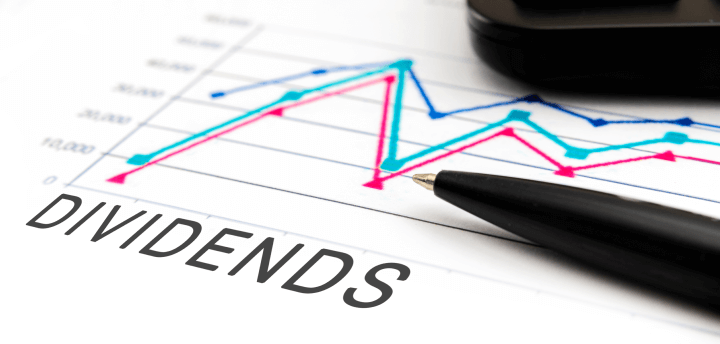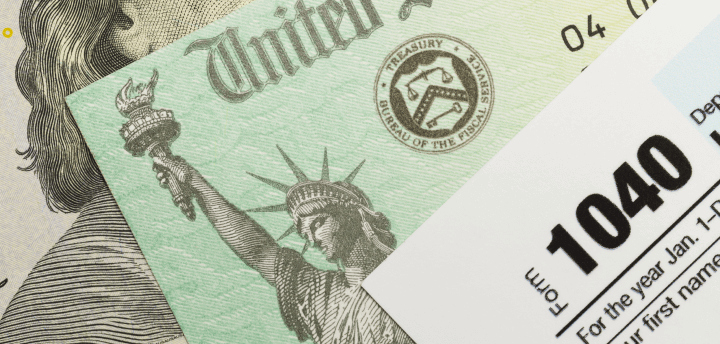Taking care with asset placement can result in tax savings for investors. Asset location seeks to reduce your tax bill while you are investing and also when withdrawing funds to provide income. Asset location is a strategy that seeks to identify the right type of each investment to own in retirement plans vs. taxable accounts.
Generally speaking, you’re better off holding bonds within the confines of a tax-sheltered account, because bond income is taxed as ordinary income. By contrast, stocks and stock funds are generally a better bet for taxable account. More tax-efficient assets, such as growth stocks, generate limited income and capital gains distributions.
Of course, asset location advice isn’t cut and dried. Your unique circumstance and financial goals impact the asset location decision. A trusted advisor can help identify and implement the optimal solution for you.
Personal circumstances can sometimes contradict advice that makes good tax sense. When you are saving for retirement, most of us desire to use our retirement accounts (401(k)s, IRAs) for long-term growth, so long-term assets with high growth potential make sense. Meanwhile, from a practical standpoint, it’s logical to hold more safe, stable, and liquid assets (namely, bonds and cash) in accounts that we can readily access without penalties, i.e. our taxable accounts.
Here are some general guidelines.
Hold in Tax-Sheltered Accounts: High-Returning Assets With High Tax Costs
You don’t have to pay taxes from year to year on income or capital gains you earn in tax-sheltered accounts like IRAs and 401(k)s. Good examples would be high yield bonds funds, emerging-markets bond funds, and multisector-bond funds, all of which kick off a high percentage of taxable income.
Hold in Taxable Accounts: Higher-Returning Assets With Low Tax Costs
There are compelling reasons to hold stocks in your taxable rather than tax-sheltered accounts. Long-term capital gains, which you owe when you sell a stock for a gain that you’ve held for at least a year, are taxed at a much lower rate than is bond income — currently 0%, 10%, or 15% depending on the level of taxable income.
Hold in Either Account Type: Lower-Returning Assets With High Tax Costs
If you have near-term income needs or maintain an emergency fund, it is fine to hold cash or short-term bonds in a taxable account.
It’s worth revisiting your asset-location framework with your advisor every few years to make sure your plan syncs up with the current tax rules. The right asset-location prescription depends on life stage. As you approach retirement or begin to draw down assets in retirement, your need for current income and your tax rate change.
There are no one-size-fits-all solutions. Furthermore, asset location strategies can be difficult to navigate on your own. As a fiduciary, Signet Financial helps clients build a strategy that plans for tax-efficiency and puts you on a path to achieve your financial goals.



































































